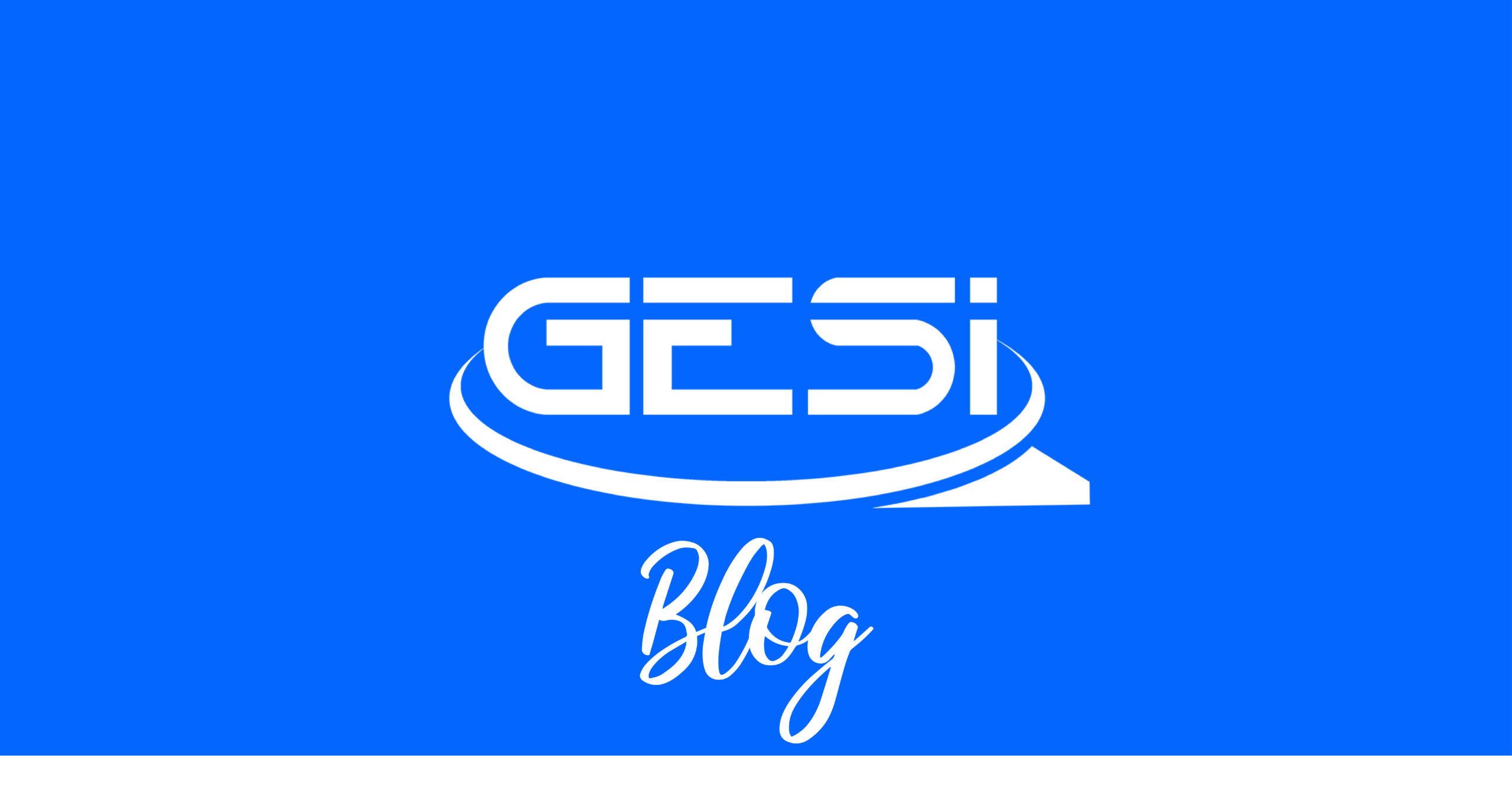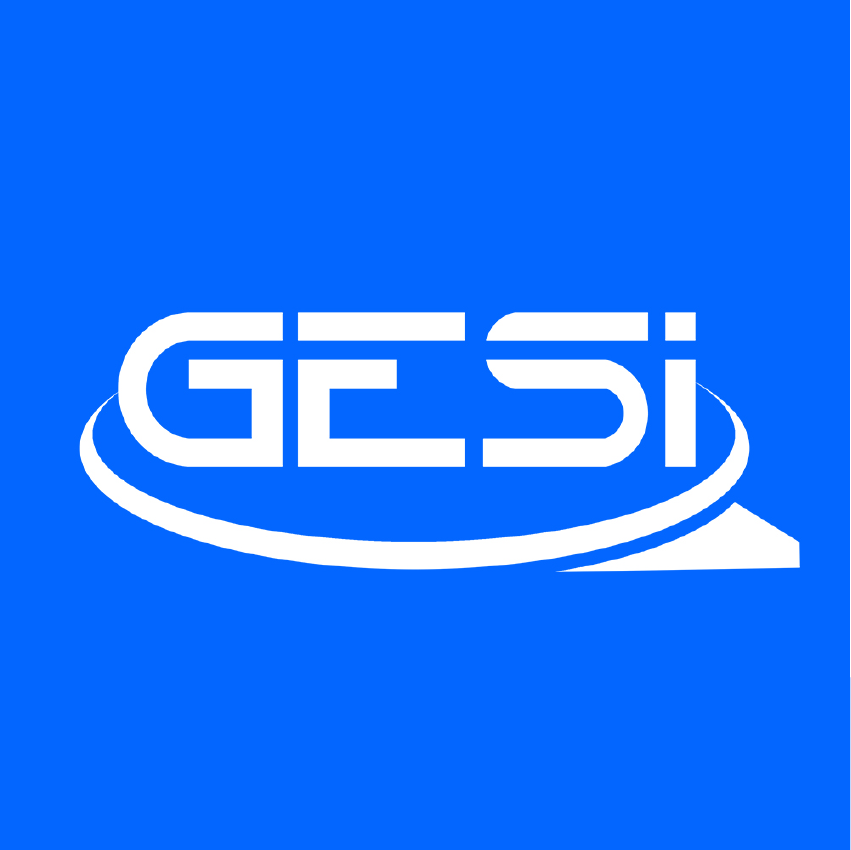One of our strengths is the use of advanced but old-school style tools!
We changed the way we use instruments and software so that we still have full control of the data acquired in the field: we still develop polygonals, we don’t let the instrument and its software kit do everything!

Topographic surveying techniques are as old as the world, but in the last 40 years there has been a sudden change. Recently, surveying has been influenced by the invasion of information technology so overwhelmingly that the term geomatics has been coined.
There are fundamental differences between a current topographic survey and an old-school survey.
The old school involves a split in the treatment of linear and angular errors and different techniques for smoothing errors of a different nature. Many of the new instruments, on the other hand, make corrections that do not take into consideration the duality of error; they simply do an average, destroying the original data. While this may be more or less correct for most measurements, just where there is a true error the mechanism may lead to implicit acceptance of an inaccurate data.
Veterans in the industry are often called upon for special operations in order to continue to be able to use new instrumentation with old-school methods, and they often turn to the technical support of the Instrument Manufacturer or their own internal or external IT support.
In our case, we have integrated an R&D department that deals with these issues.
That department is tasked with implementing techniques that make all old-school style polygon verification and assembly operations still work today. This allows us the subjective evaluation of errors, allows us to make decisions by taking advantage of the redundancy of measurements with the reading layers and the treatment of the data in its entirety. In short, we have changed the way we use our new tools so that we still have full control of the data acquired in the field.
A bit of history
In the 1960s, topographic surveying relied on the presence of high-quality optical-mechanical instruments capable of measuring angles and distances. There was a need to write down the angle data (Horizontal/Azimuth Angle and Vertical/Zenithal Angle) on paper in order to report them to the terminal in office. So in addition to the 2 instrumental angle errors, the error on distance there was also the possibility of a paper writing error and a transcription error on the terminal. Moreover, calibration was not within everyone’s ability and there were still no precise self-assessment protocols, so there is the induction of systematic errors.
In order to speed up operations in these years the instrumentalist does not write directly, but there is a scribe to whom the instrumentalist dictates the data to be reported. In this case, two other possible errors are added: dictation error and comprehension error.
In short, those who began the business of surveying, as we did, before the arrival of electronic memories really had tough nuts to crack: a bowl of possible errors to understand and evaluate. However, this activity allowed us to gain deep experience in data processing and calibration evaluation.
In short, topography was for very limited people.
Topographical Instrumentation Manufacturers thus had a limited pool of buyers that was becoming saturated as sales were made. In sum, in order to continue producing instruments they needed to expand their market, and this was accomplished in only one way: by producing increasingly automated instruments that did not require user expertise and aimed at obtaining a deliverable result. This phenomenon has also led to a leveling of prices for topographic service: since there are many entities that use tools automatically, the relevance of the human component in the work process was lost.
In contrast, those who have gained some experience in this field over time needed to do something to still get the result, turning off automatisms as much as possible so that they could always make the appropriate assessments.


